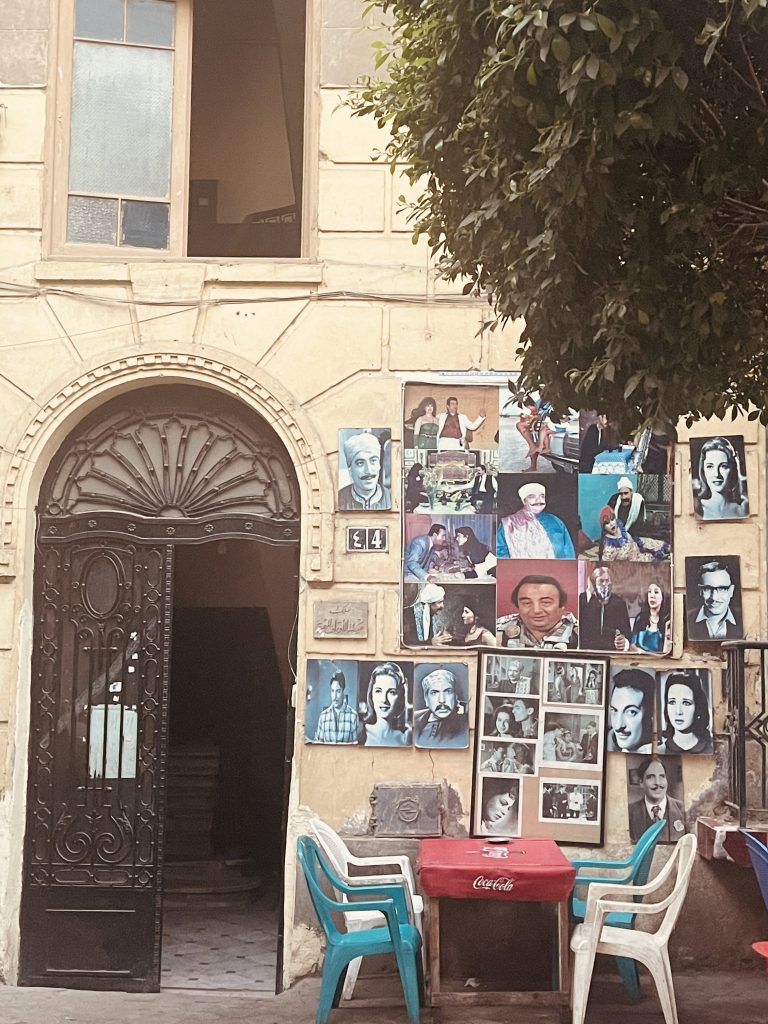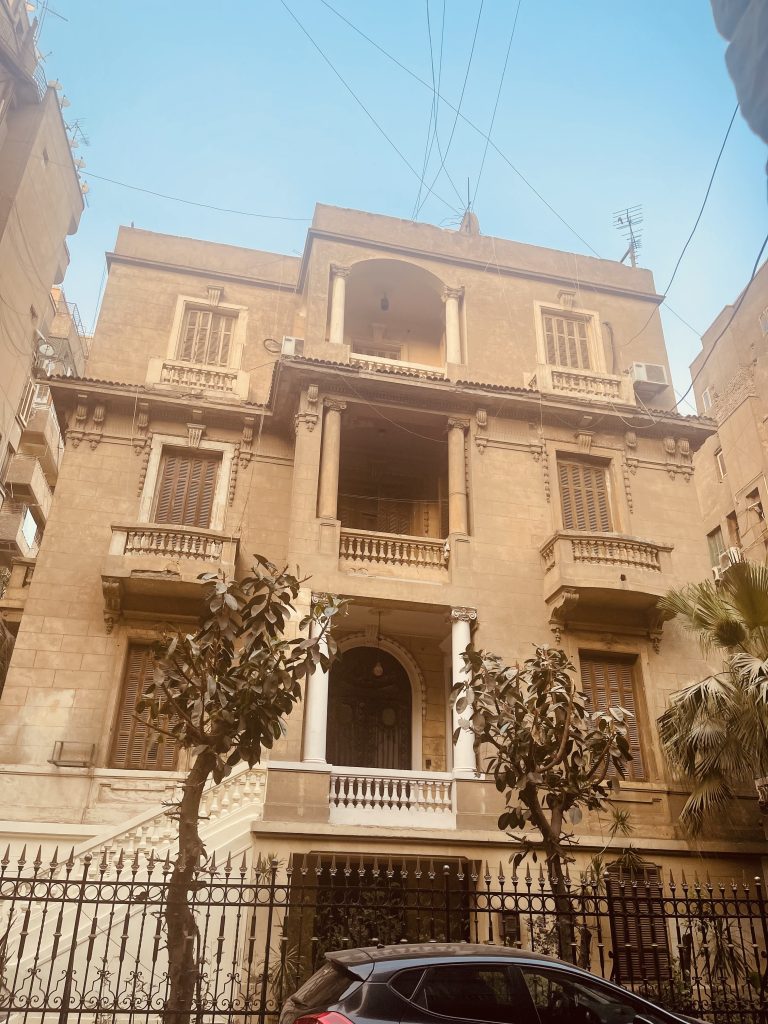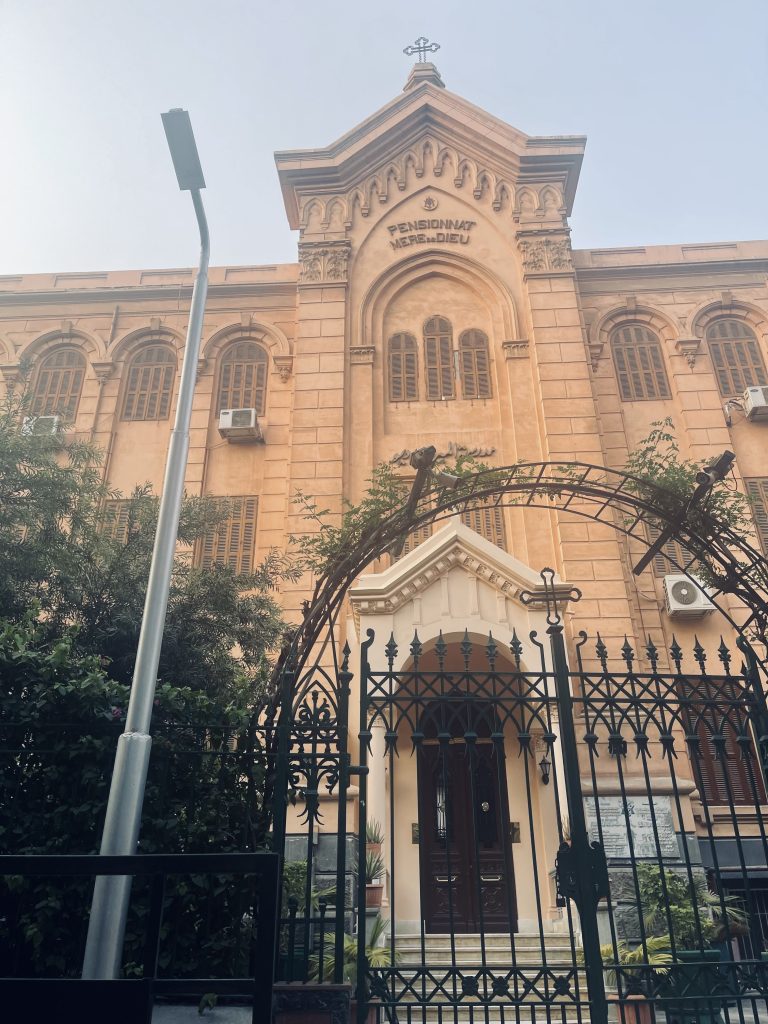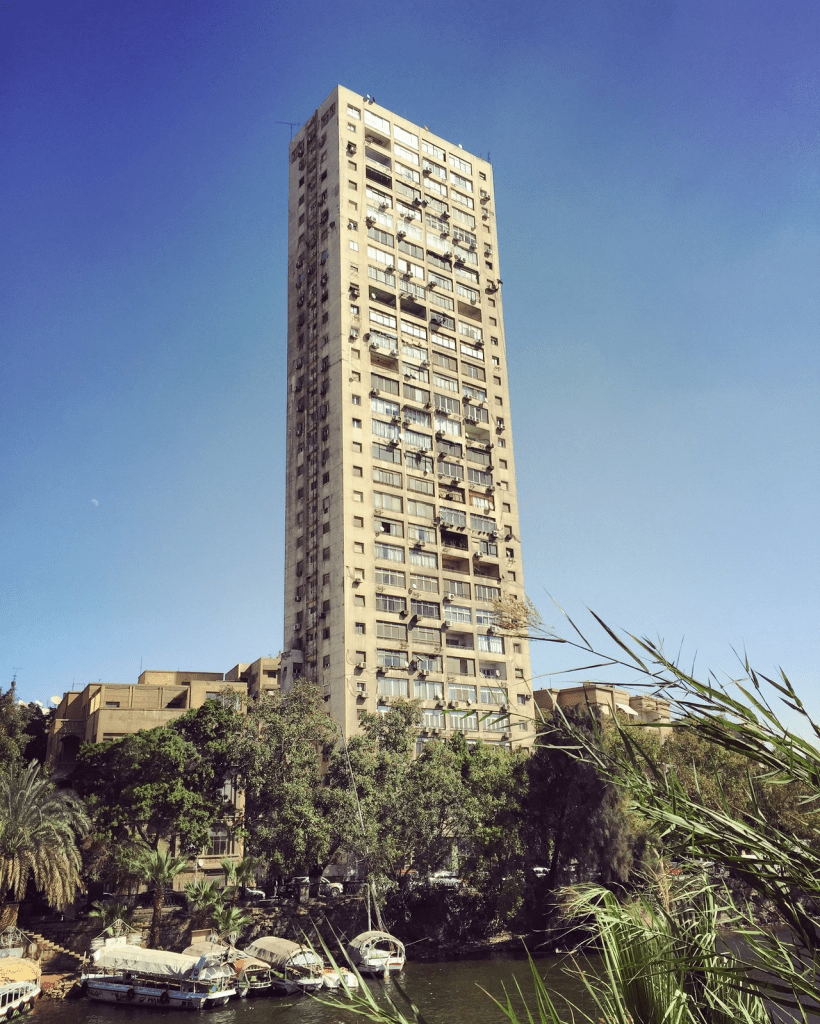Looking to enjoy a quiet walk in the heart of Cairo, but still want to get immersed in the city’s history? The neighborhood of Garden City offers just that. Between its streets lined with trees, history-rich buildings and European-style palaces, Garden City has got everything. Located on the east side of the river Nile and just minutes away from downtown makes it the ultimate stop for both tourists and locals. To this day, the area still holds its title as one of Cairo’s finest and wealthiest neighborhoods.
History of Garden City
In the beginning and before the construction of the Garden City palaces and buildings, the area between the palace of Dobara and the Nile Corniche consisted of ponds and swamps. Sultan Al-Nasir Muhammad bin Qalawun who ruled Egypt from 1309 to 1341 AD, transformed the area by planting trees and constructing roads that were cut in between the water and gardens. In 1318, the sultan ordered the construction of a square where horse shows and races were held. After the death of the Sultan, the area was completely neglected until Khedive Ismail ruled the country in 1863. The Khedive decided to launch a wide architectural movement to build luxurious palaces along the Nile corniche. The most famous of them are the Dobara palace and princess Shwikar palace, all of which are a mixture of Islamic, Parisian and Italian architecture.
1906 was the emergence of the contemporary Garden City district. Khedive Abbas Helmy II decided to establish the district in the form of garden cities with circular streets which were common at the beginning of the twentieth century in Europe. Garden City became an urban extension of Khedive Cairo, in which buildings were built with a combined French, Italian and Islamic architectural style. The streets were cleverly designed so close to each other because each street was dedicated to certain supplies or workers. There was a street for guards, stables and servants. Most of these streets maintain their names until now; such as Al-Nabat street, Al-Burjas street, Al-Khashab street, Al-Diwan Street and the Garden Street. In this era, Garden City became the residential area of the aristocracy of princes and ambassadors.

Iconic buildings
While strolling the streets of Garden City, it is easy to notice that the buildings of the neighborhood are very similar and uniform in terms of design. Most of the buildings are not more than five floors high and extremely spacious, that is because the area was mainly built for foreigners, royalty and the upper class of society. Amongst the most famous buildings in the neighborhood are the three Saif El-Din Buildings which were once owned by Prince Saif El-Din. Following his death in 1938, the buildings were inherited by Princess Shwikar. The princess also ordered the construction of four adjacent semi-detached buildings in the area which she named Ilhami Buildings in tribute to her husband, Ilhami Hussein Pasha. Interesting fact, prominent Egyptian superstar Leila Murad lived in one of those buildings in the late fifties until her death.

One of the distinctive icons of the Garden City area is the Dobara Palace Church, which has a special architectural character. The church was built in the 1940s and still sustains every corner of it without restoration. Also, in the heart of Garden City, is a building resembling ancient palaces, with the antiquity of decades carried between its walls. Collège De La Mère De Dieu is the oldest school in the Garden City area and Egypt. The school was built during the reign of Khedive Tawfiq at the end of the nineteenth century. Originally, the purpose of building the school was to educate orphan girls, but it did not continue with the same goal. Instead, it became a school dedicated to the daughters of high society families. Back then, the school mainly aimed to educate European women who resided in Egypt in addition to providing educational services similar to European education and standards. The school is still open to almost 1000 students in comparison to when it first opened its doors to 16 students. Still maintaining its splendor, as enrollment requires that one of the parents be proficient in the French language through which the learning is conducted, and the student must be a graduate of the school’s nursery school.

Overlooking the Nile is one of Garden City’s most famous buildings: The Belmont building. Named after the billboard of Belmont cigarettes placed above it. This building was built in 1958 by Engineer Naoum Shabib and is considered the tallest building in the neighborhood with 35 floors. Since it was first built, the Belmont building sparked controversy. The civil defense saw that it was not possible to save the residents of the high building in case of fire because it did not have equipment and stairs to reach this length. Similarly, the water company reported that it was not possible to pump water with the required force to reach all floors. Several renowned architects and consultants also expressed their concern about the design and the possible effect of winds and earthquakes. Yet, the building still stands tall and exists today defying all fears.

Modern-day city
Nowadays, Garden City palaces are replaced with hotels such as the Four Seasons Hotel, governmental buildings, and embassies. Although most of the palaces are gone, the residential buildings surrounded by greenery are still an incredible view.
WE SAID THIS: Don’t forget… The New Helmiya: Chronicles Of One Of Cairo’s Oldest Neighborhoods



